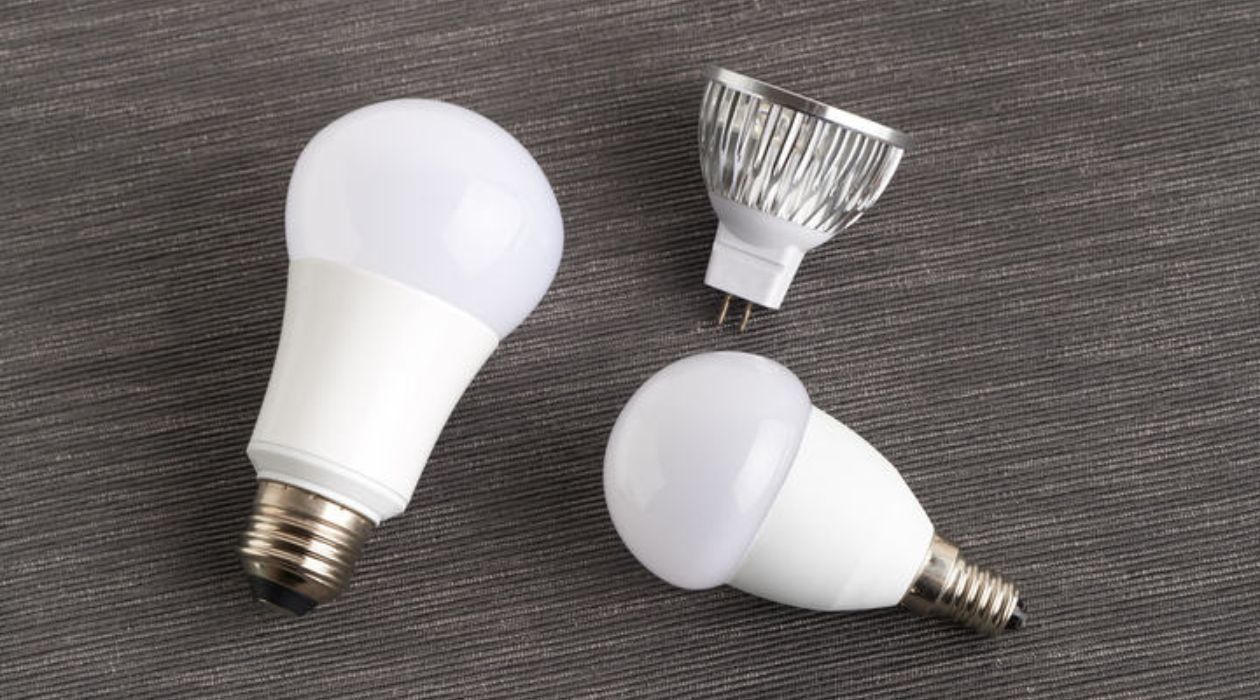

Articles
What Is The Standard Light Bulb Size
Modified: January 8, 2024
Find out the standard light bulb size in this informative article. Learn about different types of bulbs and their measurements.
(Many of the links in this article redirect to a specific reviewed product. Your purchase of these products through affiliate links helps to generate commission for Storables.com, at no extra cost. Learn more)
Introduction
When it comes to lighting our homes and workplaces, we often take for granted the variety of light bulb sizes available to us. Each type of light bulb serves a different purpose and fitting them properly is crucial to ensuring optimal lighting conditions. From the traditional incandescent bulbs to the more energy-efficient LED bulbs, understanding the standard light bulb sizes can help make your lighting choices easier and more effective.
Light bulbs come in different shapes and sizes, and their dimensions are measured in terms of base size and overall length. The base size is usually indicated as a number followed by the letter “E” (e.g., E26, E27) or “B” (e.g., B22). This number refers to the diameter of the base in millimeters. The overall length is the measurement from the top of the bulb to the bottom of the base. It’s important to note that not all light bulbs are interchangeable, as different types of bulbs have specific base sizes and dimensions.
Key Takeaways:
- Understanding the standard light bulb sizes is crucial for choosing the right lighting. From energy-efficient LED bulbs to traditional incandescent bulbs, each type offers unique characteristics and applications.
- LED bulbs have emerged as the preferred choice for most lighting applications due to their outstanding energy efficiency, long lifespan, and versatility. Despite the higher upfront cost, the long-term savings and efficiency make LED bulbs a worthwhile investment.
Read more: What Is A Standard Light Socket Size
Incandescent Light Bulbs
Incandescent light bulbs are the traditional bulbs that have been in use for many years. They consist of a wire filament that is heated by an electric current, producing light as a result. Incandescent bulbs come in various sizes, with the most common being the standard A19 bulb.
The standard A19 incandescent bulb has an E26 base size, which means it has a 26mm diameter base. It is compatible with most fixtures and lamps, making it a widely used option for general lighting purposes in homes and businesses. The A19 bulb is typically around 4.25 inches in length, but it can vary slightly depending on the specific brand and model.
In addition to the A19 bulb, there are other sizes available for specific applications. For example, the smaller A15 bulb is commonly used in appliances such as refrigerators and ovens. It has the same E26 base size but is slightly shorter in length. On the other hand, the larger A21 bulb is suitable for larger fixtures and provides a higher light output compared to the A19 bulb.
It’s important to note that incandescent bulbs are not as energy-efficient as other types of bulbs, as they produce more heat than light. As a result, they have been phased out in many countries due to their high energy consumption. However, they are still available for purchase in some regions and are commonly used in decorative fixtures or lamps where the warm color temperature and dimming capabilities are desired.
Compact Fluorescent Light Bulbs
Compact fluorescent light bulbs (CFLs) are a popular alternative to incandescent bulbs due to their energy efficiency. CFLs utilize a combination of gas and phosphor coating inside the bulb to produce light. These bulbs come in different sizes and shapes to fit various fixtures and lamps.
The most common base size for CFL bulbs is the E26, which is the same as the standard incandescent bulb. This makes CFLs compatible with most existing fixtures. However, there are also CFL bulbs available with smaller base sizes such as E12 and GU24, which are commonly used in chandeliers and outdoor fixtures, respectively.
CFL bulbs come in various sizes, ranging from small bulbs similar to the incandescent A15 to larger bulbs like the spiral-shaped T5 or circline bulbs. The dimensions of these bulbs vary depending on their wattage and shape, but they can easily fit in most standard fixtures.
One advantage of CFL bulbs is their energy efficiency. They use significantly less energy than incandescent bulbs while producing the same amount of light. CFLs can last up to 10 times longer than incandescent bulbs, making them a cost-effective lighting option in the long run. Additionally, many CFL bulbs are compatible with dimmer switches, allowing for adjustable lighting levels.
Despite their benefits, CFL bulbs do have some drawbacks. They contain a small amount of mercury, which can be a concern if the bulb breaks or is not disposed of properly. It’s important to handle and recycle CFL bulbs according to the manufacturer’s guidelines to minimize environmental impact.
In recent years, compact fluorescent bulbs have been gradually replaced by LED bulbs, which offer even greater energy efficiency and longer lifespans. However, CFLs are still widely available and can be a suitable choice for those who want an energy-efficient lighting option at a lower price point than LED bulbs.
When looking for the standard light bulb size, check the packaging or the base of the bulb for the size designation. The most common sizes are A19 for traditional bulbs and E26 for screw-in bulbs.
Halogen Light Bulbs
Halogen light bulbs are a type of incandescent bulb that uses halogen gas to increase the lifespan and efficiency of the bulb. These bulbs produce a bright and focused light, making them ideal for task lighting and accent lighting purposes.
Halogen bulbs come in various sizes, with the most common base size being the GU10. GU10 bulbs have a two-pin base and are commonly used in track lighting, recessed lighting, and some desk lamps. They are typically around 2 inches in length, making them compact and easy to install in various fixtures.
In addition to the GU10 base size, halogen bulbs are also available in other base sizes, such as G4 and G9. G4 bulbs are small and often used in landscape lighting and under-cabinet lighting. G9 bulbs are slightly larger and are commonly found in decorative fixtures and bathroom vanity lights.
Halogen bulbs offer several advantages over traditional incandescent bulbs. They provide a bright, white light that closely resembles natural daylight, making them ideal for tasks that require accurate color representation. Halogen bulbs are also dimmable, allowing for customizable lighting levels to suit different moods and occasions.
However, it’s important to note that halogen bulbs consume more energy and generate more heat compared to other types of bulbs. They also have a shorter lifespan, typically lasting around 2,000 to 4,000 hours. Halogen bulbs require caution when handling, as skin oils can cause them to overheat and fail prematurely. When installing or replacing a halogen bulb, it is recommended to use gloves or a cloth to protect the bulb surface from skin contact.
In recent years, halogen bulbs have been gradually phased out in some regions due to their high energy consumption. They have been replaced by more energy-efficient options such as LED bulbs. However, halogen bulbs are still widely available and continue to be used in various applications where their unique characteristics are desired.
LED Light Bulbs
LED (Light Emitting Diode) light bulbs have revolutionized the lighting industry with their exceptional energy efficiency and longevity. LED bulbs use a semiconductor to produce light, making them highly efficient and environmentally friendly. They have quickly become the preferred choice for both residential and commercial lighting applications.
LED bulbs come in a variety of shapes and sizes to accommodate different fixtures and lighting needs. The most common base size for LED bulbs is the E26, which is the same as the traditional incandescent bulb. LED bulbs with an E26 base are compatible with most existing fixtures, making it easy to transition to LED lighting without any major modifications.
LED bulbs are available in various lengths and shapes, including A19, BR30, PAR38, and MR16, among others. The A19 LED bulb is the standard bulb size and is commonly used for general lighting in homes and offices. The BR30 and PAR38 bulbs are often used for recessed lighting and track lighting, providing focused and directional light. The MR16 bulbs are typically used for accent lighting and spotlights.
LED bulbs offer numerous advantages over other types of bulbs. They are highly energy-efficient, consuming up to 80% less energy than traditional incandescent bulbs. LED bulbs can last up to 25 times longer than incandescent bulbs, with an average lifespan of 25,000 to 50,000 hours. This longevity not only reduces the need for frequent replacements but also lowers maintenance costs.
LED bulbs emit very little heat compared to other types of bulbs, making them safer to use and reducing the strain on cooling systems. They also offer a wide range of color temperatures, from warm white to cool white, allowing for customizable lighting to suit different preferences and settings.
While LED bulbs may have a higher upfront cost compared to incandescent or CFL bulbs, their long-term savings in energy consumption and replacement costs make them a cost-effective choice. Additionally, LED technology continues to advance, providing even more energy-efficient options and innovative features such as smart lighting capabilities.
LED bulbs have become the go-to option for lighting due to their exceptional energy efficiency, long lifespan, and versatility. With their ability to produce high-quality light while saving energy, LED bulbs are an investment that pays off in the long run and contributes to a more sustainable and efficient lighting solution.
Read more: What Is A Standard Light Bulb Base
Conclusion
Understanding the standard light bulb sizes is essential when it comes to choosing the right lighting for your home or workplace. From traditional incandescent bulbs to energy-efficient LED bulbs, each type of bulb has its own unique characteristics and applications.
Incandescent bulbs, although being phased out in many countries, still offer a warm and dimmable light that is perfect for decorative fixtures. Compact fluorescent bulbs provide energy savings and long lifespans, making them a popular choice for those who want an eco-friendly lighting option. Halogen bulbs offer bright and focused light, while LED bulbs excel in energy efficiency and longevity.
When selecting a light bulb, consider factors such as base size, overall length, and the specific lighting needs of the area. Ensure compatibility with the existing fixtures and choose a bulb that meets the desired color temperature and dimming capabilities.
LED bulbs have emerged as the preferred choice for most lighting applications. With their outstanding energy efficiency, long lifespan, and versatility, LED bulbs offer both environmental and financial benefits. Although they have a higher upfront cost, the long-term savings and efficiency make LED bulbs a worthwhile investment.
In conclusion, choosing the right light bulb size involves considering factors such as base size, dimensions, energy efficiency, and lighting requirements. Whether you opt for the traditional incandescent bulbs, compact fluorescent bulbs, halogen bulbs, or the advanced LED bulbs, selecting the appropriate size ensures optimal lighting and enhances the ambiance of your space.
Frequently Asked Questions about What Is The Standard Light Bulb Size
Was this page helpful?
At Storables.com, we guarantee accurate and reliable information. Our content, validated by Expert Board Contributors, is crafted following stringent Editorial Policies. We're committed to providing you with well-researched, expert-backed insights for all your informational needs.
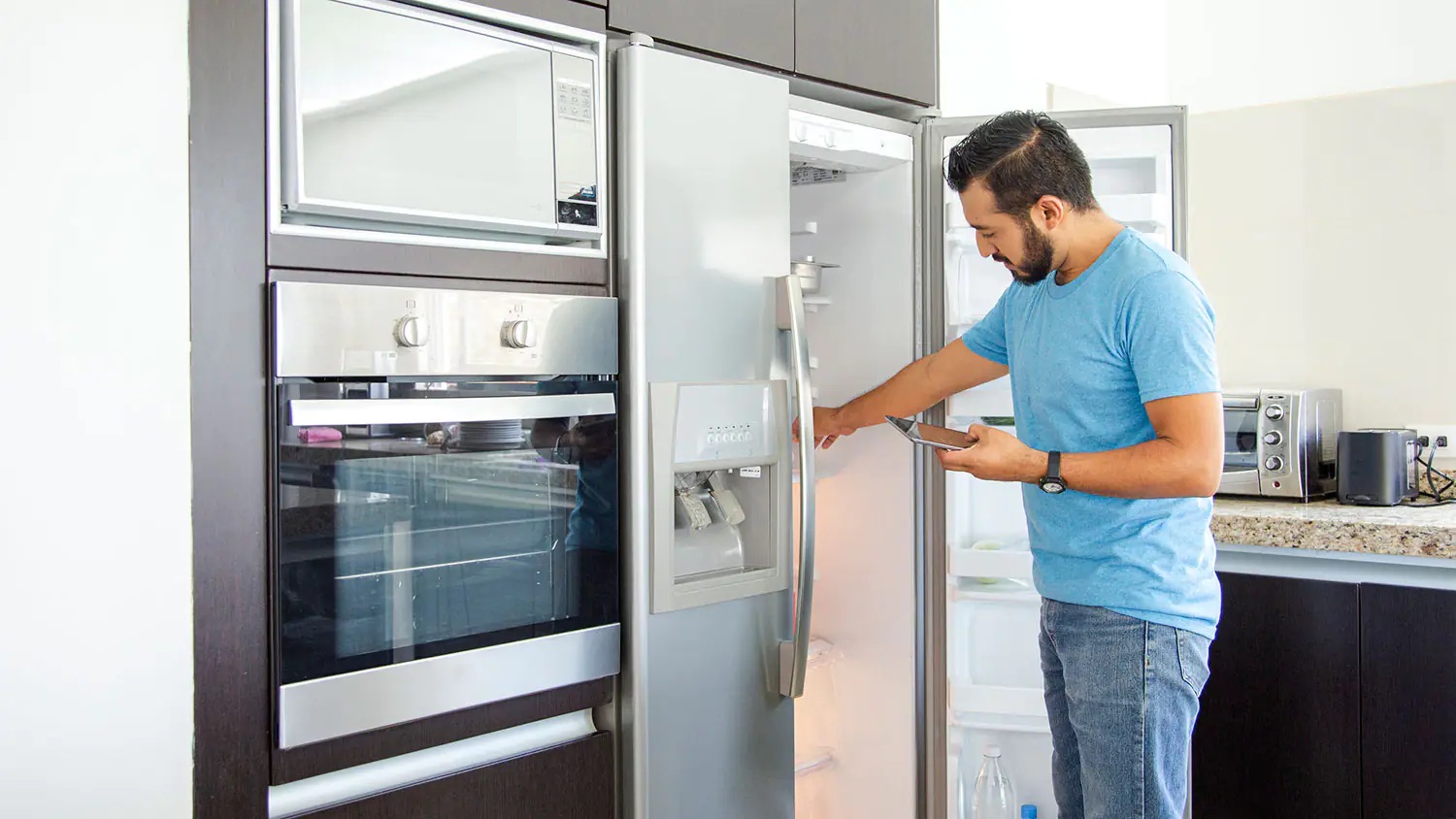

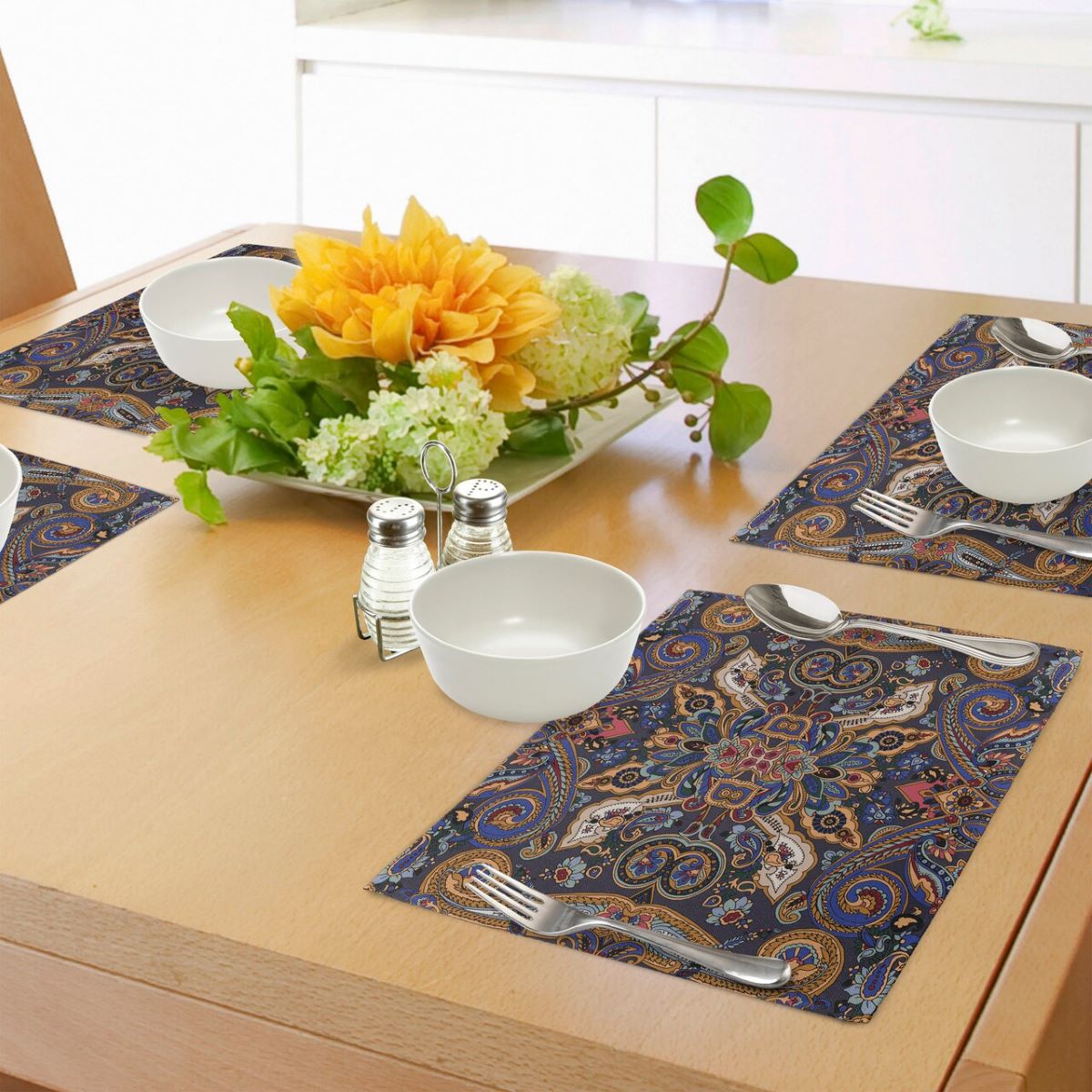
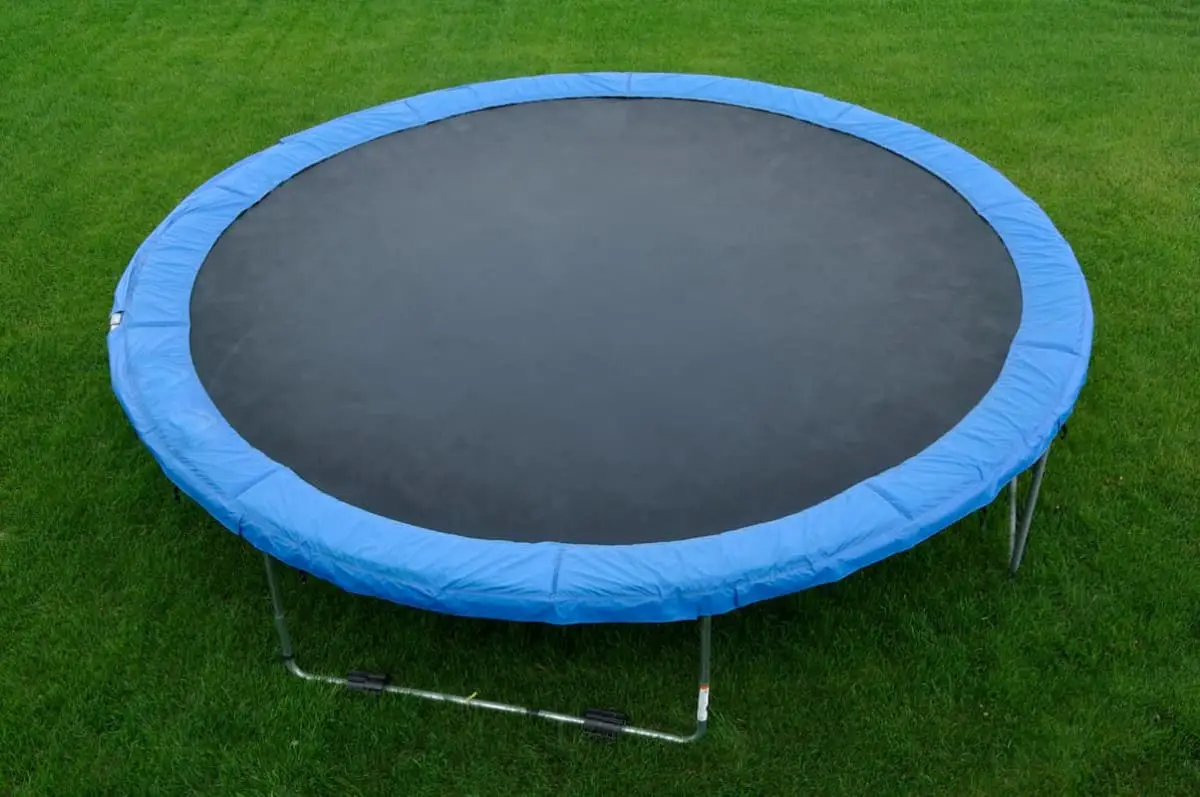
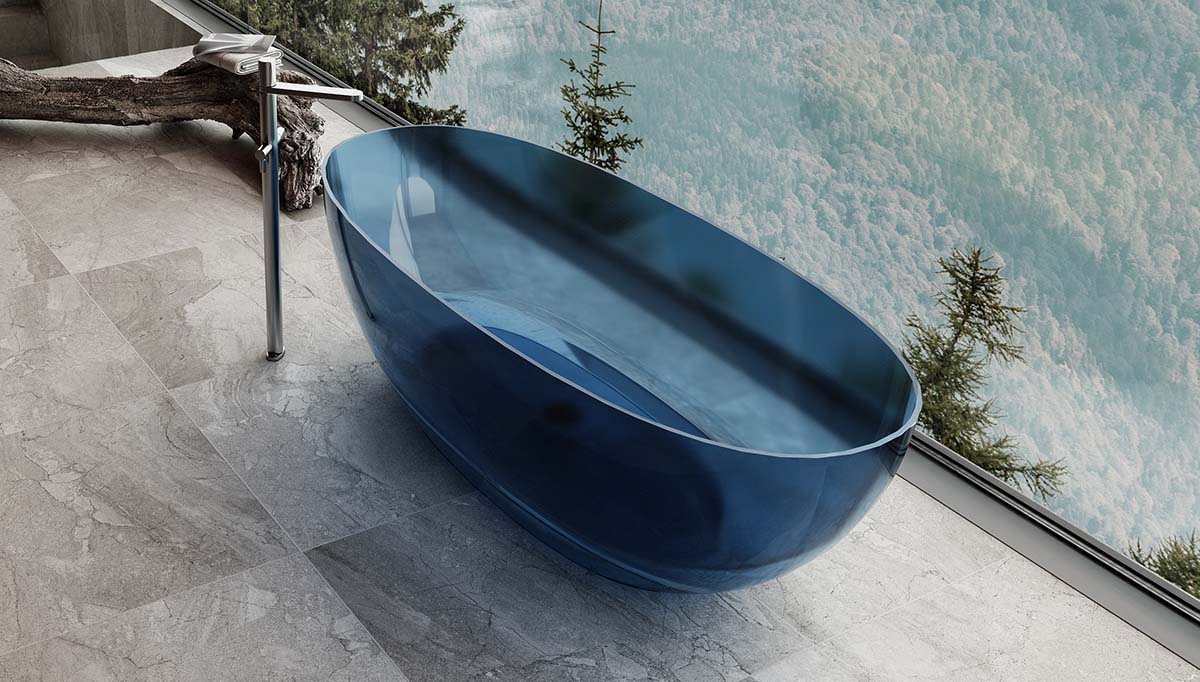
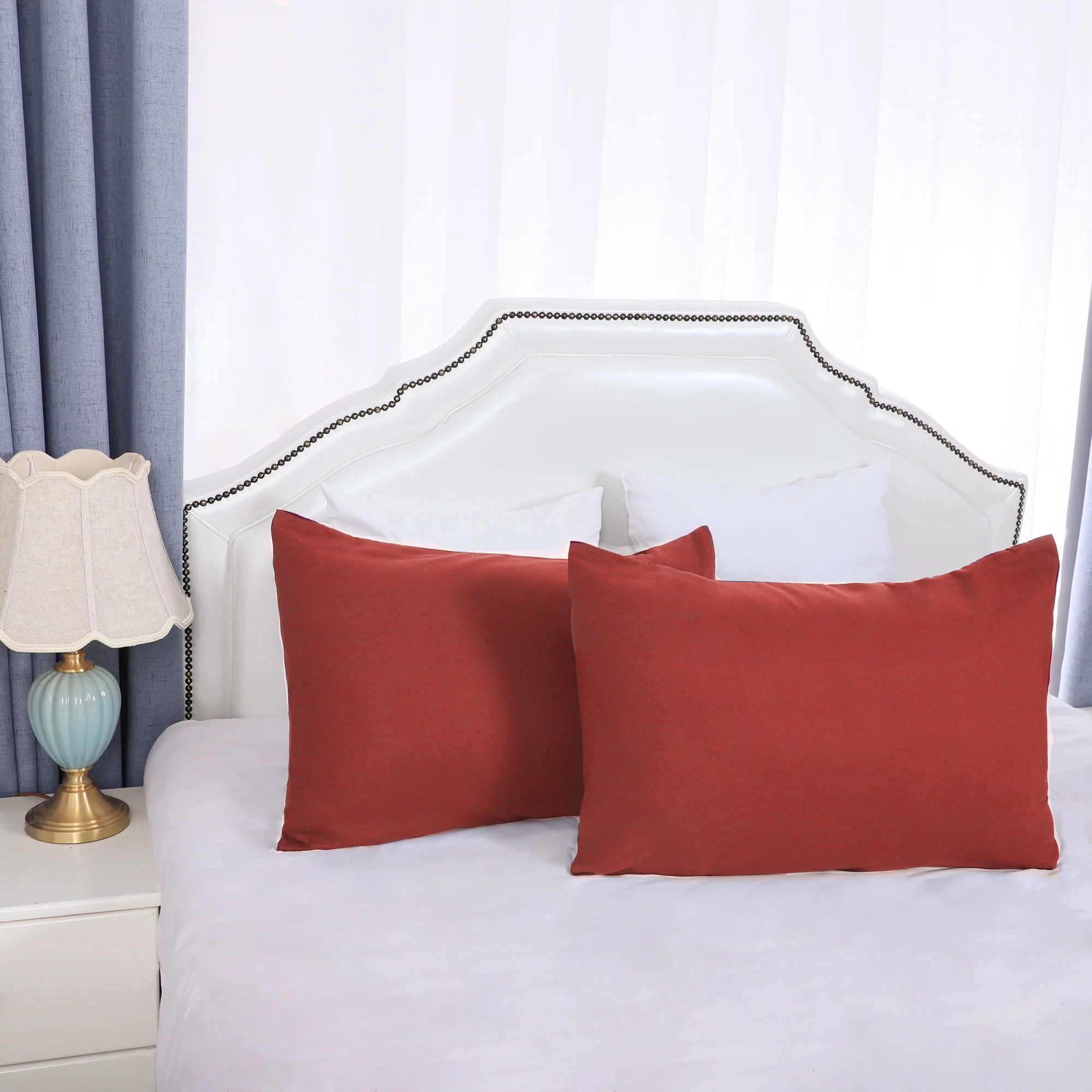
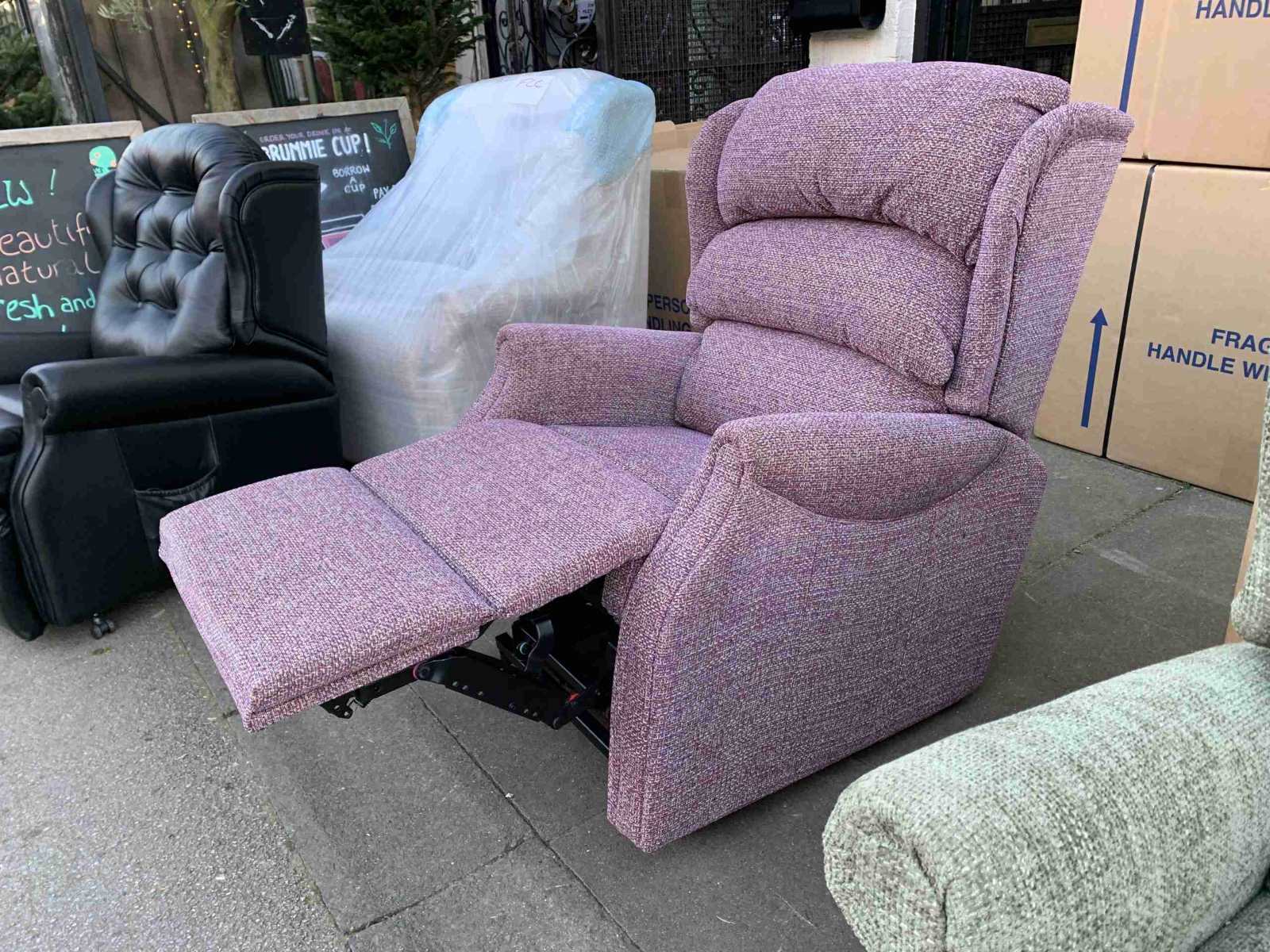
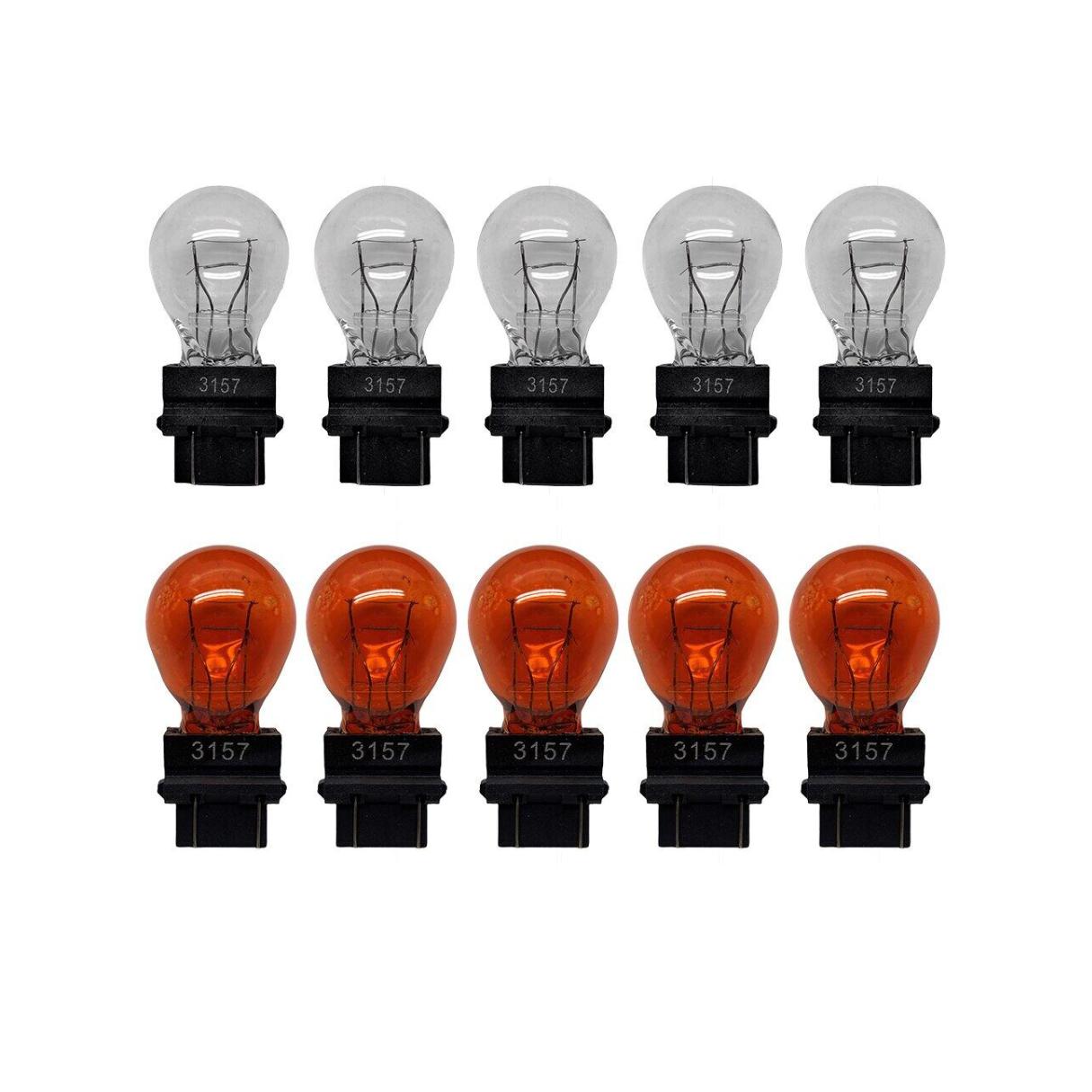
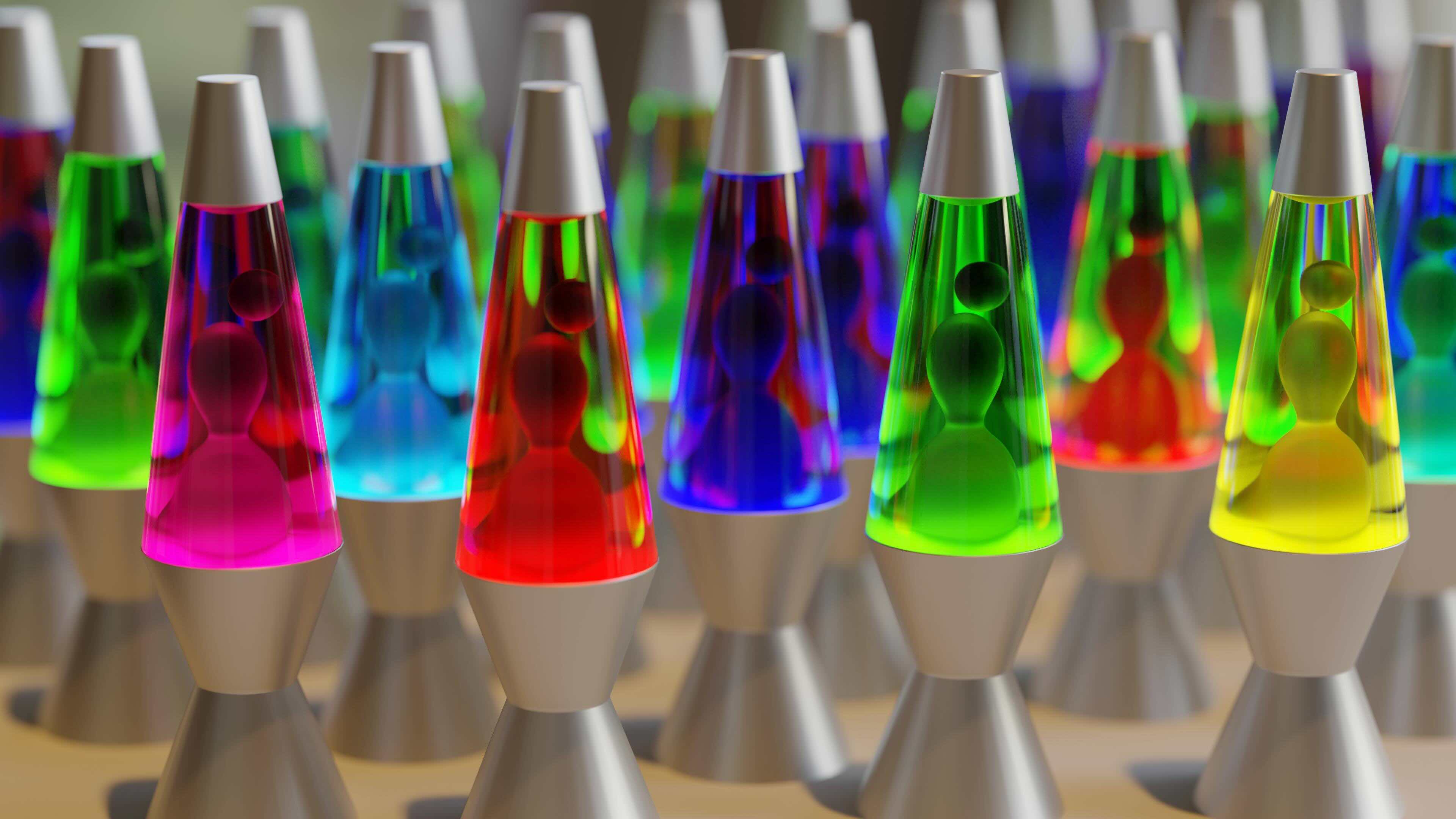
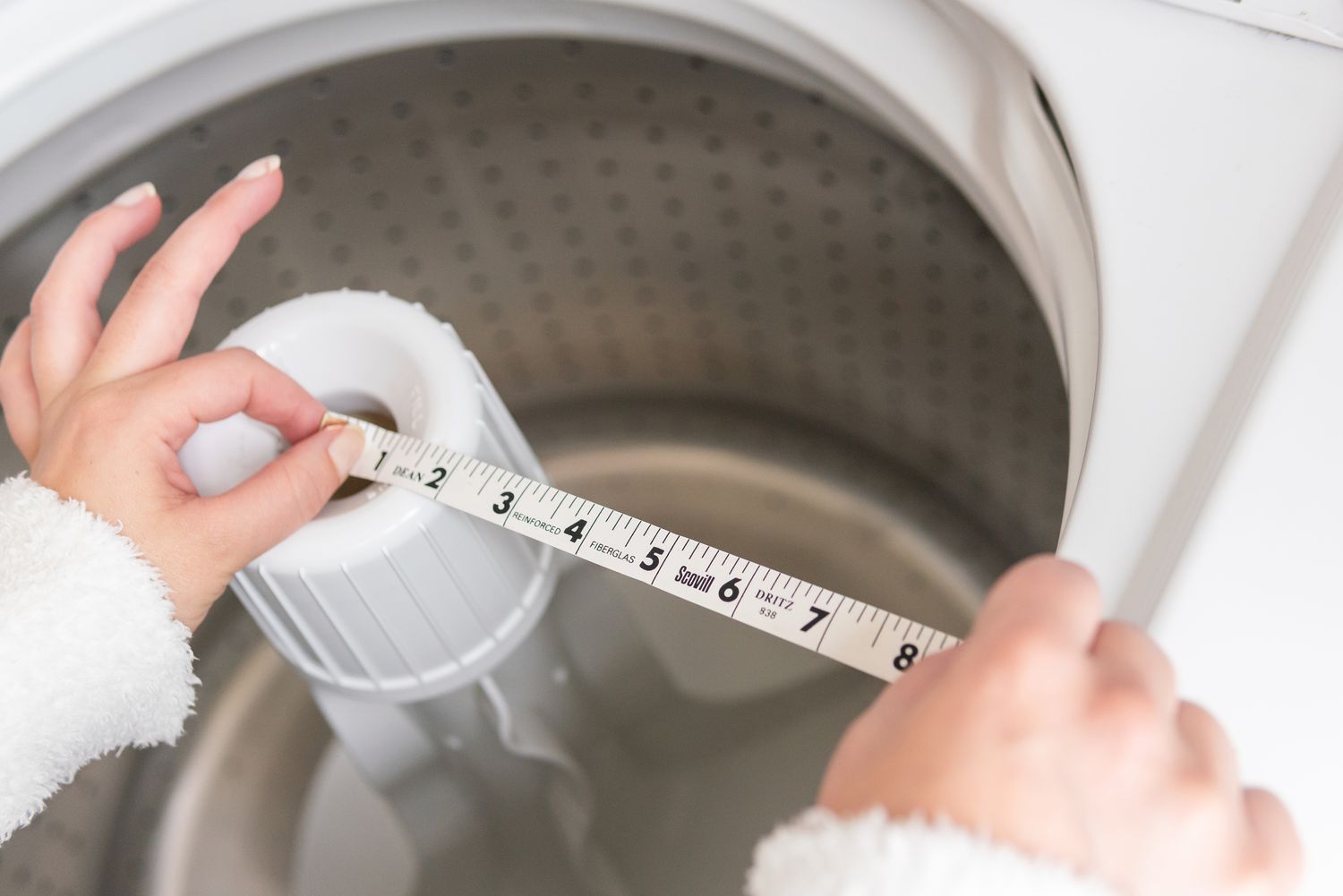
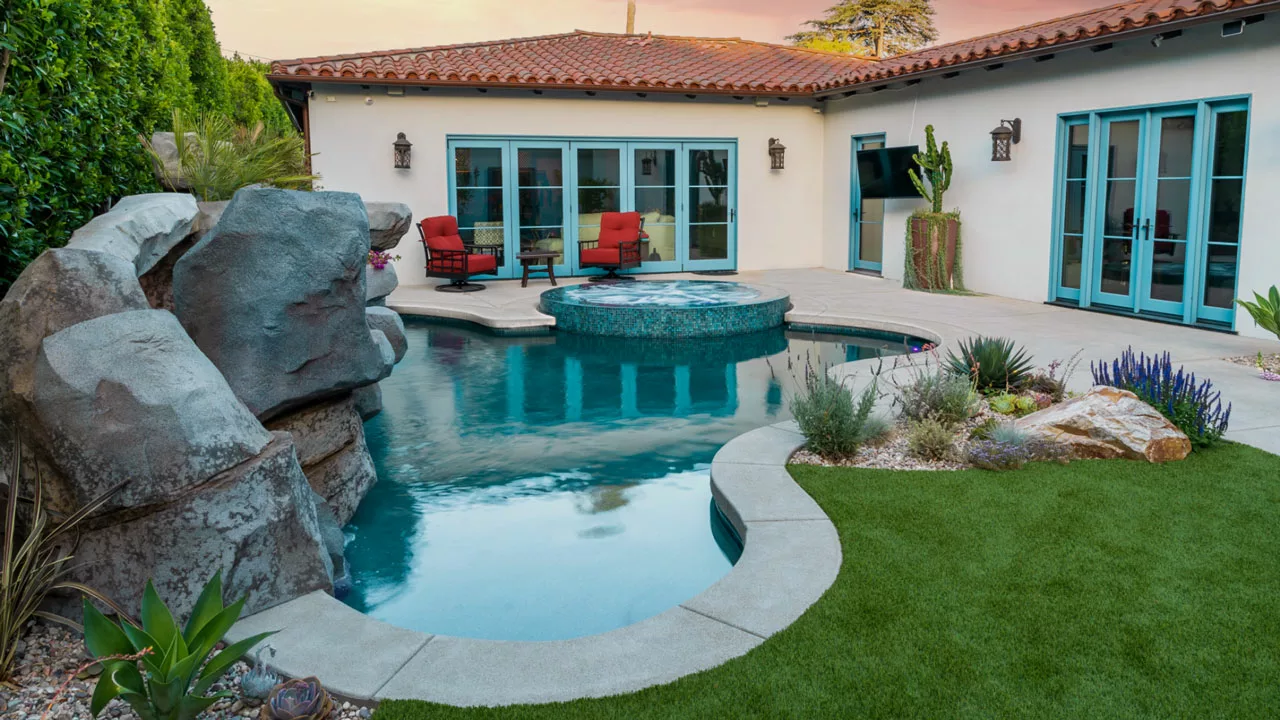
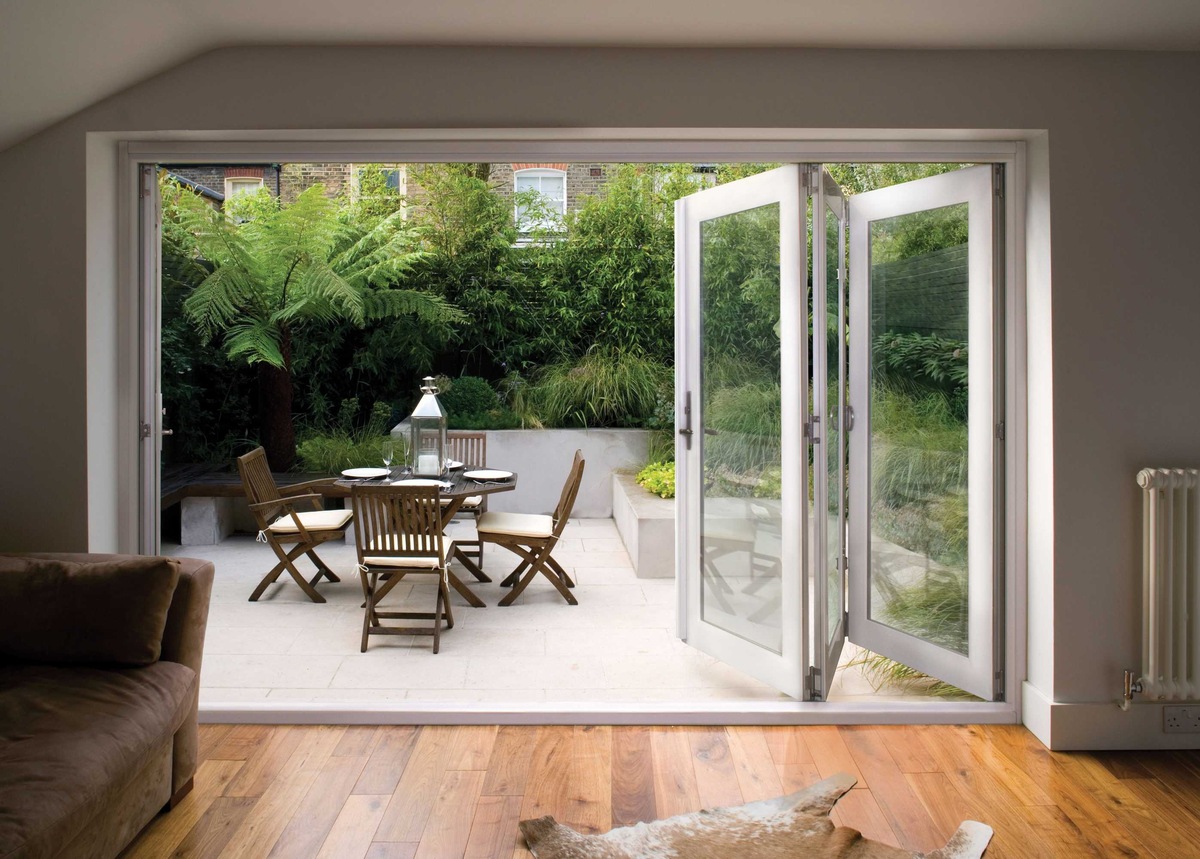
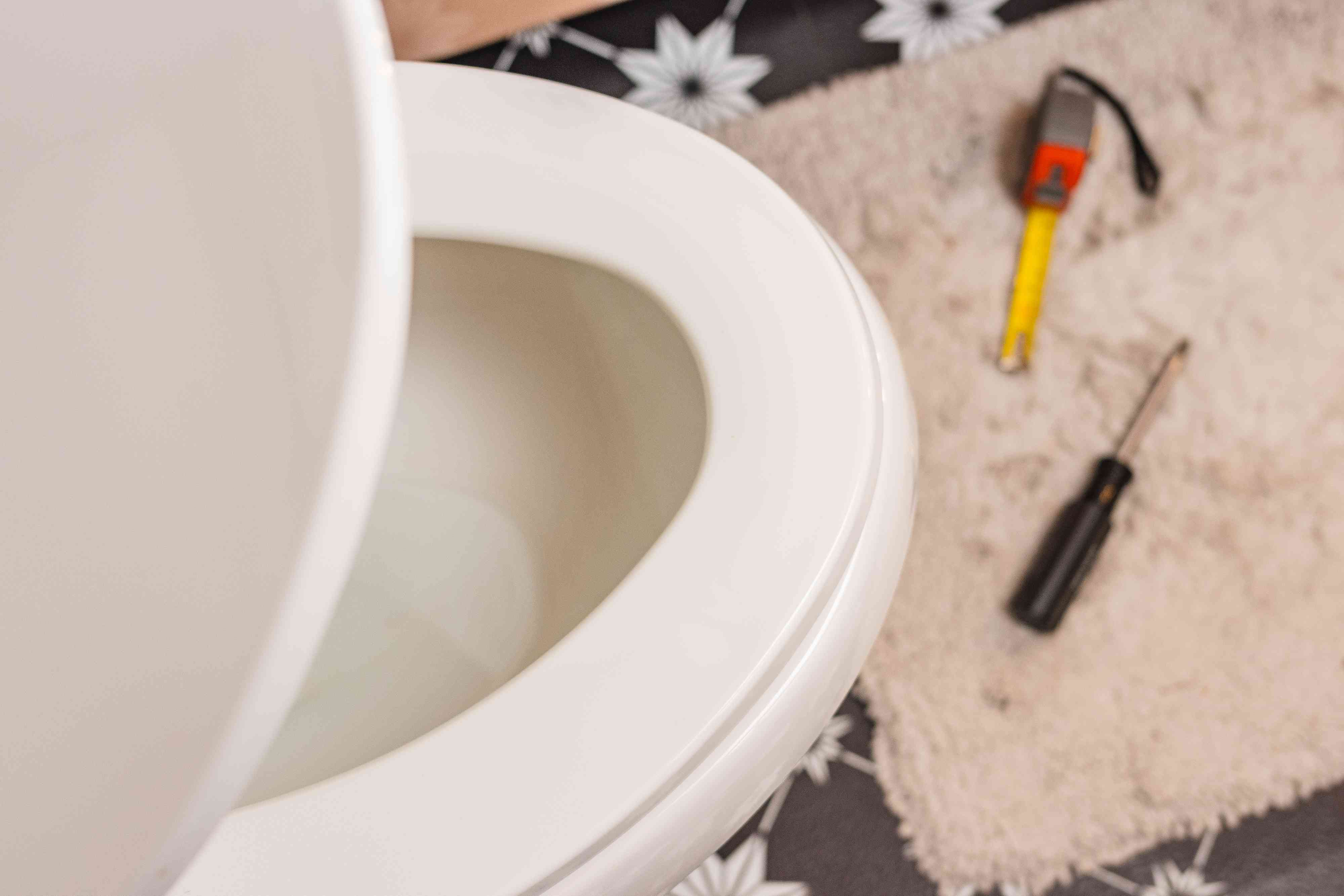
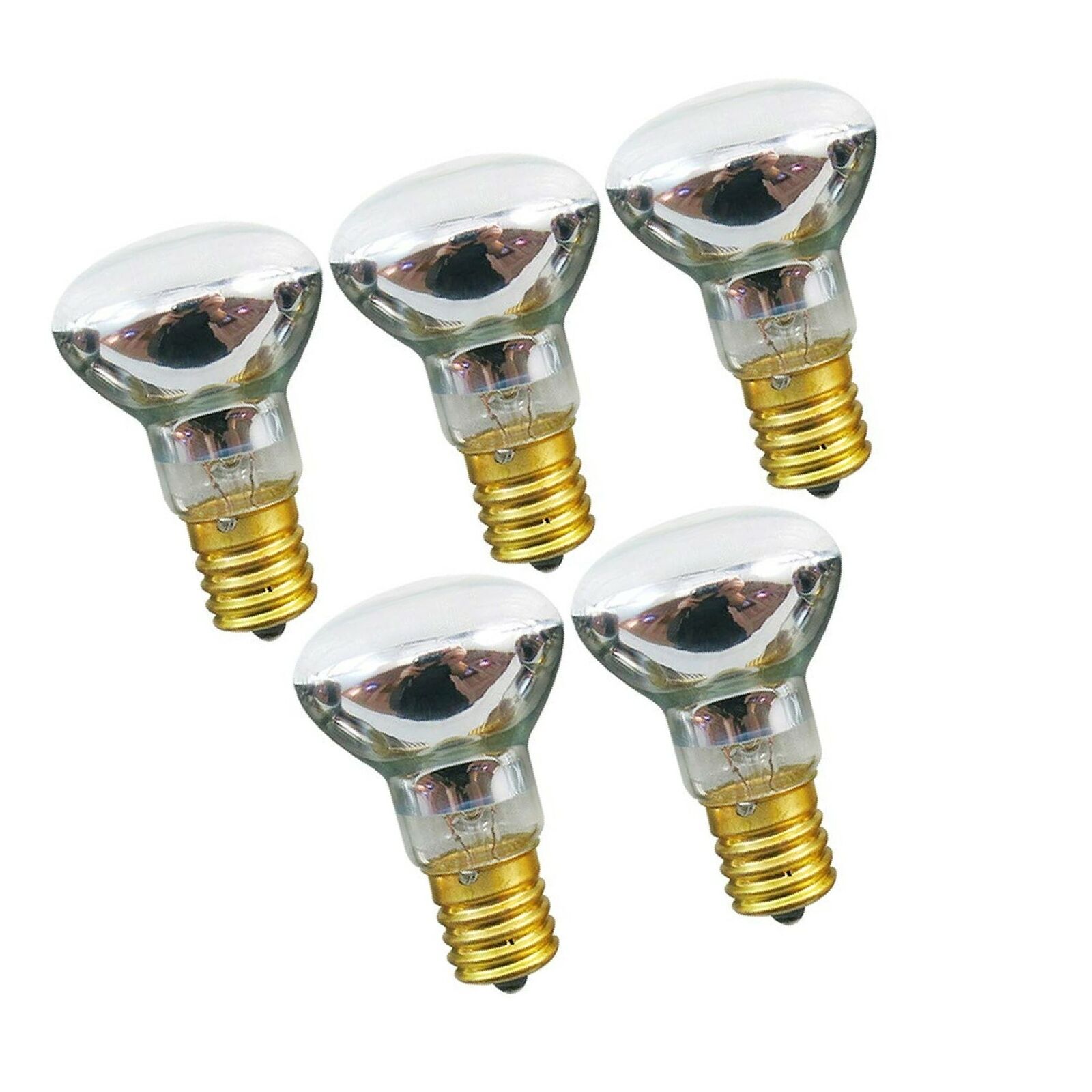

0 thoughts on “What Is The Standard Light Bulb Size”